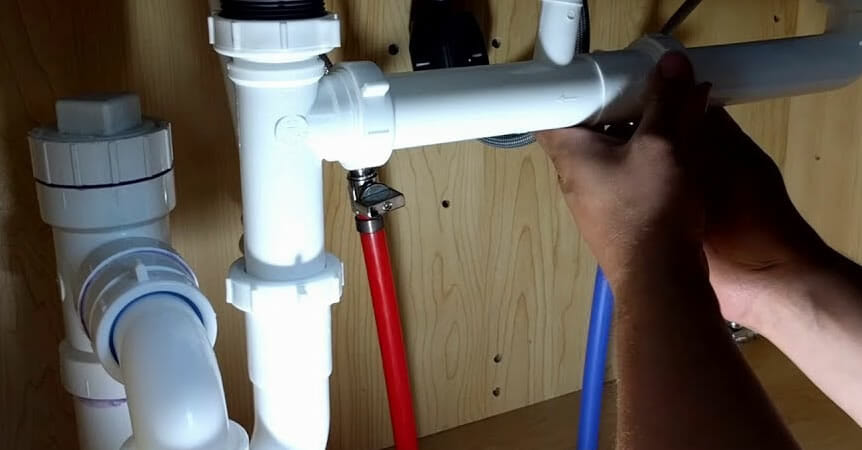
DIY Plumbing | How to Clean a Drain Trap
How to Clean a Drain Trap
A nd best of all, this simple repair can be done with only a few commonly found household tools. Our team of expert plumbers at John Moore Plumbing have compiled this simple guide on how to clean your drain trap. These steps will help you out so that the next time you are faced with a clogged sink you know exactly what to do.
You'll want to begin by knowing that your drain trap is the curved pipe underneath the sink. It may be shaped like the letter "J" or "U" and it's unique shape makes it very susceptible to clogs. It's the main cause of most drainage issues with the build-up of debris, grease, hair, and soap scum. It's good to keep your drain trap clean and clear because even a partially clogged drain trap can cause slow drainage.
If your home has been experiencing slow drainage in a sink, our team suggests trying to clear out your drain trap, in order to avoid a complete blockage. Be sure to remove everything under your sink so that you have a clear space to work. Then follow these steps:
- Grab a Bucket: Put a bucket right under your drain trap to catch any water that might fall when taking apart your plumbing pipes.
- Disassembly: Remove the two coupling nuts that attach the trap to the sink tailpiece and to the wall fitting next to it. If these nuts do not move or fall apart easily when you attempt to move them, it may be time to get a replacement trap.
- Clear Out & Clean: Clear out the inside of your trap with either a large nylon bottle brush or a straightened wire coat hanger. Be sure that all of the parts are completely clean inside and outside. Small pieces of debris stuck between a drain washer and drainpipe have the ability to create a leak. We also suggest using this opportunity to inspect all of your washers, they should be flexible and soft. If they happen to appear crusty and hard you will want to replace them as they will no longer create a proper seal.
- Bring Out The Snake: If you disassemble your drain trap and find that it is already clean and clear then we recommend inserting a small retractable drain snake right into the pipe of your wall. Work your snake around in and out rotating the handle clockwise to try and clear out any potential blockage.
- Reassemble: After all that you can reassemble your drain trap. Make sure that all your washers are properly seated because twisting can become a serious problem. Do not over-tighten the connections at first, instead keep the coupling nuts at a hand-tight level. If a leak does occur, continue tightening little by little until the leak stops. If the increased tightness fails, your washers might be dirty, twisted or defective. Check on them then give it another try.
If you happen to run through all these steps and your plumbing fixtures remain clogged then give us a call at John Moore Plumbing and we'll send one of our plumbing specialists to resolve the issue. Our team of experts has the skills and tools to handle any job. Our team will clear your pipes and worries, so give us a call today.
To learn more about how John Moore Services can help you get your drain unclogged, call us at (713) 730-2525 or contact us online!
Share this Post
